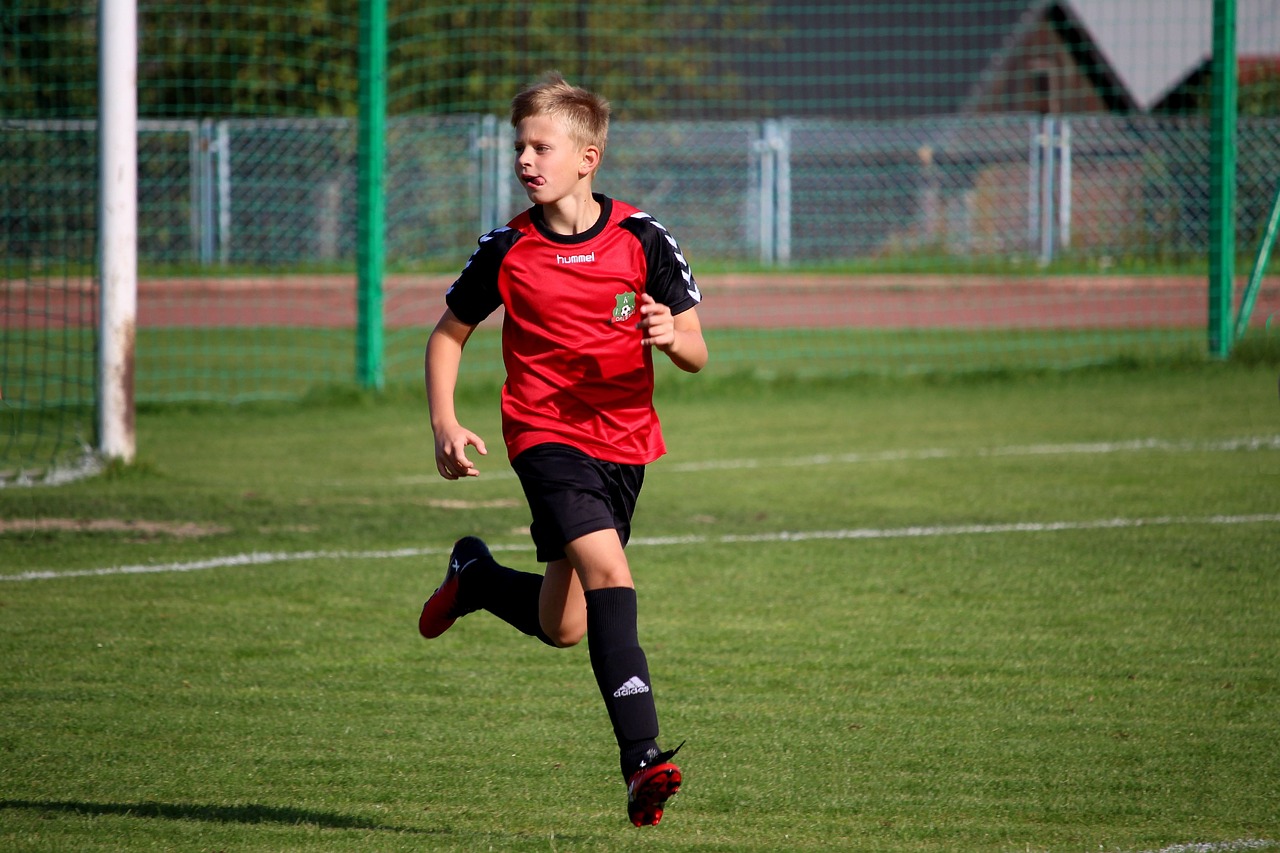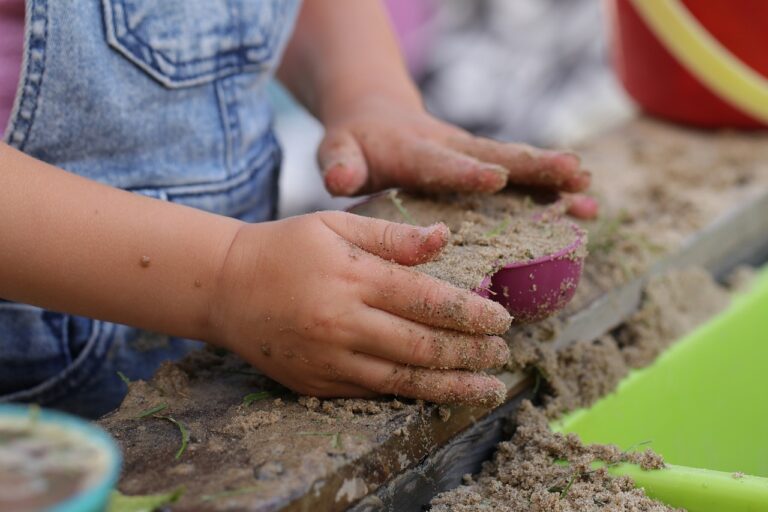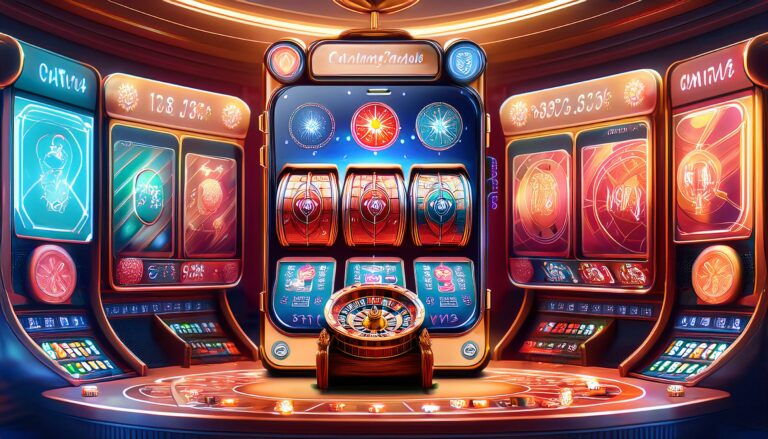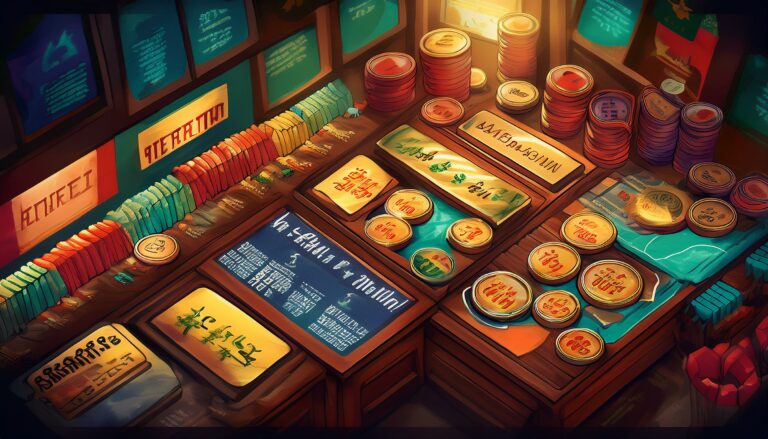The Business of Cricket Equipment Manufacturing: Innovation and Competition
Play99exch, Sky247 Login: Cricket is a sport with a rich history and a passionate fan base, particularly in countries like India, Australia, England, and South Africa. As the popularity of cricket continues to grow globally, so does the demand for high-quality cricket equipment. From bats and balls to protective gear and clothing, the business of manufacturing cricket equipment is a thriving industry that is constantly evolving to meet the needs of players at all levels. In this article, we will explore the innovative and competitive landscape of the cricket equipment manufacturing industry.
Evolution of Cricket Equipment
Cricket equipment has come a long way since the early days of the sport. In the past, cricket bats were made from willow wood, and balls were hand-stitched leather. Today, manufacturers use advanced materials and technologies to create lightweight, durable, and high-performing equipment. Carbon fiber, titanium, and graphene are just a few examples of the cutting-edge materials that are now used in cricket equipment.
Key Players in the Industry
There are several key players in the cricket equipment manufacturing industry who have established themselves as leaders in innovation and quality. Companies like Gray-Nicolls, Kookaburra, and Gunn & Moore are well-known for their top-of-the-line cricket bats, while brands like Masuri and Shrey are leading the way in cricket helmet design and safety.
Emerging Trends and Technologies
In recent years, there have been several notable trends and technologies that have emerged in the cricket equipment manufacturing industry. Lightweight, moisture-wicking fabrics are now being used in cricket clothing to enhance comfort and performance on the field. Additionally, manufacturers are incorporating sensors and data-tracking technology into cricket equipment to provide players with real-time performance metrics and insights.
Challenges and Opportunities
Like any industry, the cricket equipment manufacturing sector faces its fair share of challenges and opportunities. Competition is fierce among manufacturers, with new brands entering the market and established companies constantly innovating to stay ahead. Additionally, the rise of online shopping has changed the way consumers purchase cricket equipment, presenting both challenges and opportunities for manufacturers.
Conclusion
The business of cricket equipment manufacturing is a dynamic and exciting industry that is driven by innovation and competition. As the sport of cricket continues to grow in popularity around the world, manufacturers are constantly evolving to meet the needs of players at all levels. By staying on top of emerging trends and technologies, and by focusing on quality and performance, cricket equipment manufacturers can continue to thrive in this competitive market.
FAQs
Q: What are some of the most important qualities to look for in a cricket bat?
A: When choosing a cricket bat, it is important to consider factors such as weight, balance, and sweet spot. A bat that feels comfortable in your hands and allows you to play shots effectively is key.
Q: How can I ensure that my cricket helmet provides adequate protection?
A: When selecting a cricket helmet, make sure it meets safety standards and provides proper ventilation and padding. It should fit snugly on your head and offer full protection to your face and head.
Q: Are there any regulations or standards that cricket equipment manufacturers must adhere to?
A: Yes, there are international standards set by organizations like the International Cricket Council (ICC) that outline the requirements for cricket equipment. Manufacturers must ensure their products meet these standards to be used in official matches.







